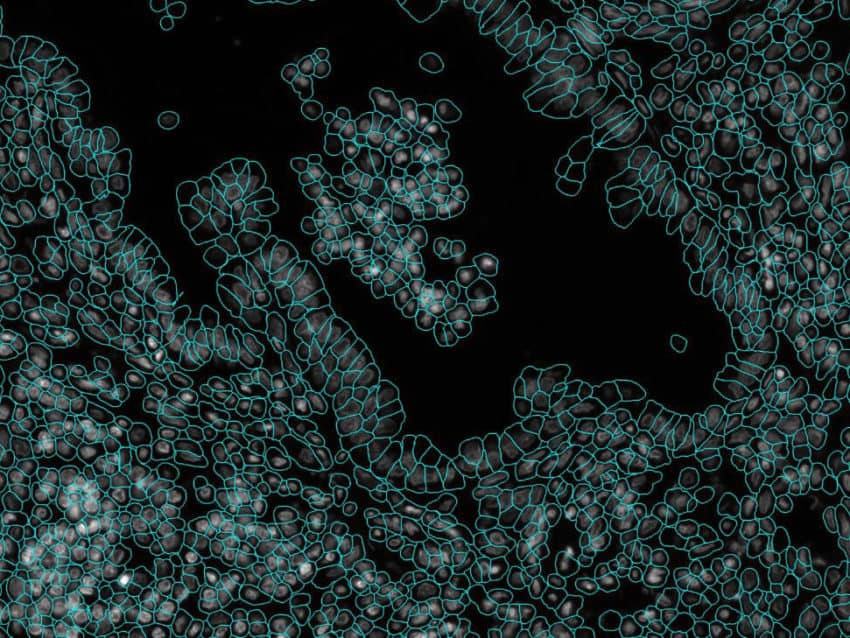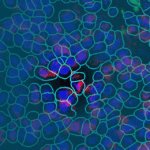
CosMx™ RNA Assays
High-Plex Single-Cell Spatial
CosMx™ SMI RNA Assays enable high-plex analysis of up to 6000 genes from a single FFPE slide with spatial context at cellular and sub-cellular levels. CosMx RNA assays are designed to provide robust cell typing, cell-cell interaction analysis, and more in a wide range of human and mouse tissues and disease states. Profile expression of highly curated targets at subcellular resolution and customize some assays with your own targets.
The CosMx™ SMI and decoder probes are not offered and/or delivered to the Federal Republic of Germany for use in the Federal Republic of Germany for the detection of cellular RNA, messenger RNA, microRNA, ribosomal RNA and any combinations thereof in a method used in fluorescence in situ hybridization for detecting a plurality of analytes in a sample without the consent of the President and Fellows of Harvard College (Harvard Corporation) as owner of the German part of EP 2 794 928 B1. The use for the detection of cellular RNA, messenger RNA, microRNA, ribosomal RNA and any combinations thereof is prohibited without the consent of the President and Fellows of Harvard College (Harvard Corporation).
Choose the RNA Assay that best suits your research needs:

Publications
High-plex imaging of RNA and proteins at subcellular resolution in fixed tissue by spatial molecular imaging
Resolving the spatial distribution of RNA and protein in tissues at subcellular resolution is a challenge in the field of spatial biology. We describe spatial molecular imaging, a system that measures RNAs and proteins in intact biological samples at subcellular resolution by performing multiple cycles of nucleic acid hybridization of fluorescent molecular barcodes.
Related Resources








